In the modern world, where LED bulbs and energy-efficient lighting solutions dominate our homes and streets, it’s easy to forget the humble beginnings of artificial lighting. Yet, the story of tubelights, one of the most ubiquitous sources of light for decades, is a fascinating journey through innovation, perseverance, and ingenuity. Let’s shed some light on the history of tubelights.
What is tubelight ?
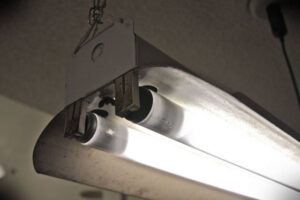
A tube light, also known as a fluorescent tube or LED tube, is a type of electric light designed to provide broad, even illumination. These lights are characterized by their long, cylindrical shape and are commonly used in a variety of settings, including residential, commercial, and industrial environments.
Key Components and Types of Tube Lights
Fluorescent Tube Lights
- Working Principle: Fluorescent tube lights work by passing an electric current through mercury vapor, which generates ultraviolet (UV) light. This UV light then excites a phosphor coating inside the tube, causing it to emit visible light.
- Components: Key components include the tube itself, a ballast to regulate current, and a starter to help initiate the lighting process.
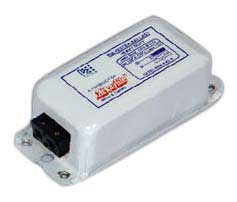
Tubelight choke or ballast - Common Uses: Frequently found in offices, schools, garages, and large commercial spaces due to their efficiency and even light distribution.
The Dawn of Electric Light
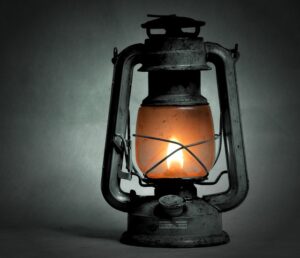
Before tubelights, the world relied on gas lamps, candles, and oil lamps for illumination. The quest for electric light began in the early 19th century, with inventors experimenting with various materials and designs to create a practical and efficient lighting solution.
The Invention of the Fluorescent Lamp
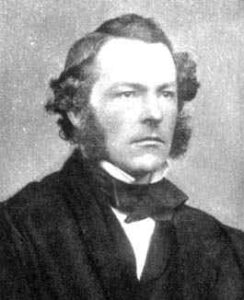
The precursor to the modern tubelight came in the form of the fluorescent lamp. In 1856, Sir George Stokes discovered fluorescence, the phenomenon where certain materials emit light when exposed to ultraviolet radiation. This discovery laid the foundation for the development of fluorescent lighting.
In 1896, French engineer Alexandre Edmond Becquerel observed the fluorescence of certain materials when exposed to X-rays. Building on this observation, German physicist Julius Plücker and his assistant Johann Hittorf experimented with vacuum tubes filled with various gases. In 1901, Peter Cooper Hewitt patented the first mercury vapor lamp, which emitted a bluish-green light through fluorescence.
The Birth of the Tubelight
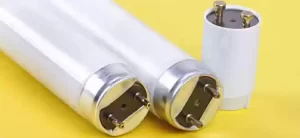
The modern tubelight, as we know it today, owes its existence to Edmund Germer, Friedrich Meyer, and Hans Spanner, who patented the first practical fluorescent lamp in 1927. Their design utilized a phosphor coating on the inside of a glass tube, which emitted visible light when excited by ultraviolet radiation from mercury vapor.
Commercialization and Expansion
The commercialization of tubelights began in the 1930s, with General Electric and other companies refining the design and making them more affordable. Tubelights quickly gained popularity due to their energy efficiency and long lifespan compared to incandescent bulbs.
Innovations and Advancements
Over the years, tubelight technology underwent numerous improvements. The introduction of tri-phosphor coatings in the 1970s improved color rendering and efficiency, making tubelights even more appealing for a wide range of applications.
The Rise of LED Lighting
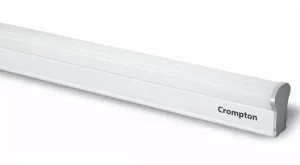
While tubelights remained a staple in homes, offices, and factories for much of the 20th century, the advent of LED lighting in the 21st century posed a new challenge. LED lights offered even greater energy efficiency, longevity, and versatility, leading to a gradual decline in the use of traditional tubelights.
The Legacy of Tubelights
Despite the rise of LED lighting, tubelights continue to illuminate homes, streets, and workplaces around the world. Their legacy as a reliable and efficient lighting solution is a testament to the ingenuity of the inventors who paved the way for modern lighting technology.